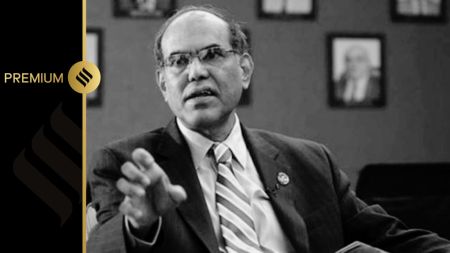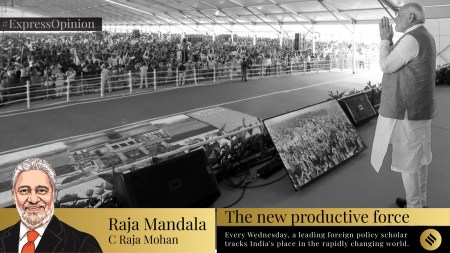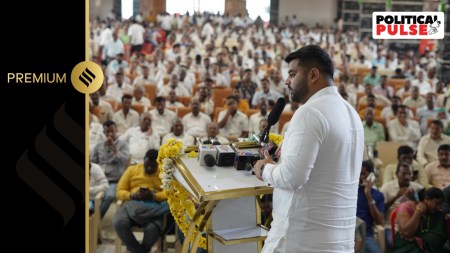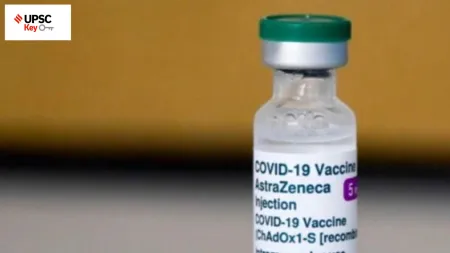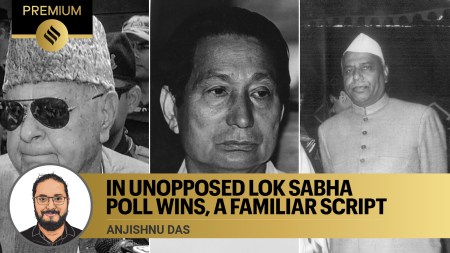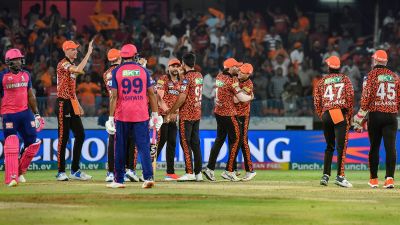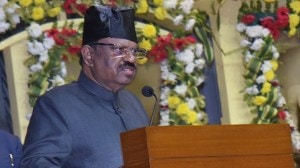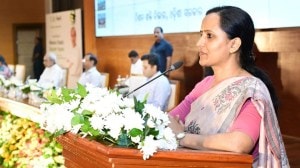- India
- International
Tejas Light Combat Aircraft induction: A testimony to Manohar Parrikar’s push
Tejas: While we must celebrate the induction of the indigenous fighter, let us not forget that the most important part of the fighter, the engine is still an imported one.
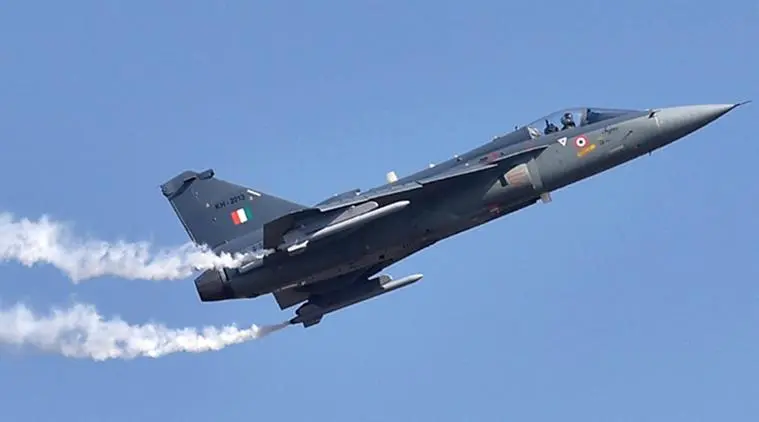 Tejas is not the first indigenous fighter to be inducted into the IAF.
Tejas is not the first indigenous fighter to be inducted into the IAF.
Hindustan Aeronautics Limited (HAL) has handed over two series production Tejas fighters (SP1 and SP2) and one trainer to Flying Daggers squadron of the Indian Air Force (IAF) today. The No 45 squadron will build to its full strength of 20 in the next two years, which will include four trainers.
It is interesting to note that the first 20 Tejas fighters will be inducted without the Final Operational Clearance (FOC). The HAL hopes to get the FOC before the next 20 Tejas fighters are inducted into the second squadron. Following these 40 will be another 80 Tejas fighters, which will be Tejas Mk1A, an improved version of the Tejas. By 2022, the IAF will then have six squadrons of the Tejas, replacing the Mig squadrons which are being decommissioned from service.
WATCH VIDEO: Indigenous Tejas Aircraft Inducted Into IAF: What’s More
Tejas is not the first indigenous fighter to be inducted into the IAF. In April 1967, IAF had formed the first operational squadron with the indigenous HF-24 Marut fighter. With the 1971 war, India shifted its focus to imported fighters such as the Migs, Jaguars and Mirages, and HAL was used only for licensed production of the aircraft. Therefore, induction of Tejas at Bangalore today is significant achievement, and an important milestone for India.
Also Read | What makes the Tejas aircraft unique

The capabilities of a Tejas fighter can be debated endlessly. In fact, the debate over various fighters is so technical and passionate between the enthusiasts that it is hard for others to make much sense of. It is almost akin to debating your favourite motorcycle or car. Like any other fighter, Tejas will have its shortcomings but as long as it is good enough to do the job, IAF will be happy with it. As the saying goes, let the perfect not be the enemy of the good.
While we must celebrate the induction of the indigenous fighter, let us not forget that the most important part of the fighter, the engine is still an imported one. HAL’s valiant attempt to make the Kaveri engine unfortunately didn’t lead to expected results. That is something the defence ministry must now focus on. Another challenge for HAL will be to augment its production capacity, which is currently at only eight Tejas fighters per year. This needs to be doubled for the IAF to get the requisite number of fighters. IAF only has 32 fighter squadrons against an approved strength of 42, and any more slippages will be detrimental to India’s security posture.
Also Read | Tejas aircraft to be inducted today in Indian Air Force: 10 facts
One final point. How does a fighter aircraft, which was first proposed in the early 1980s and has not yet attained the get inducted in the Indian Air Force (IAF)? The credit for that must go to defence minister, Manohar Parrikar who has single-handedly pushed it against all the initial resistance of the IAF and other naysayers. Parrikar must not rest here but ensure that India not only produces Tejas and Tejas Mk1A in sufficient quantity in time but also upgraded its ambitions to a fully Indian fifth generation fighter.
40 Years Ago
EXPRESS OPINION
More Explained
May 02: Latest News
- 01
- 02
- 03
- 04
- 05


